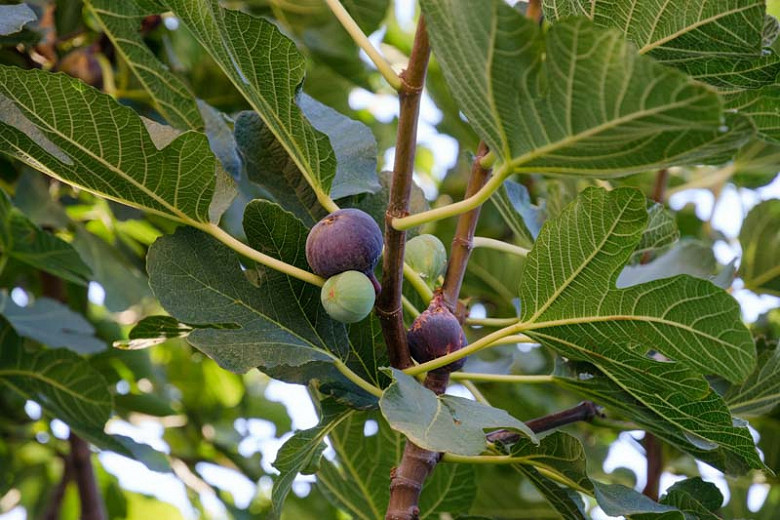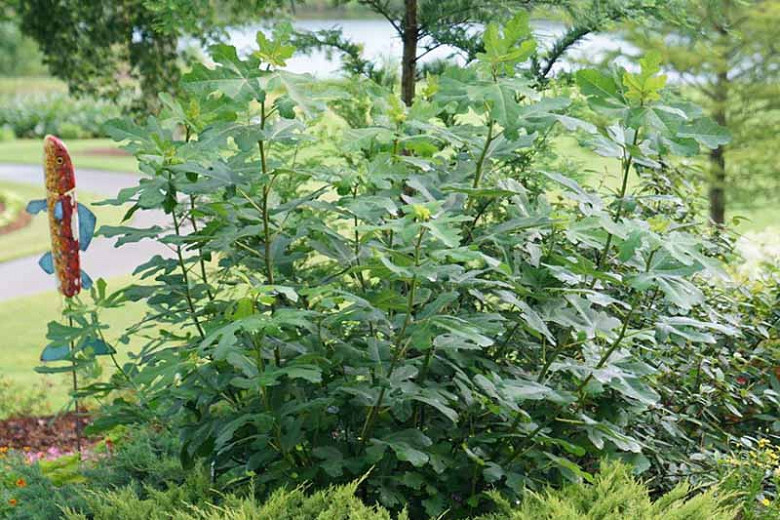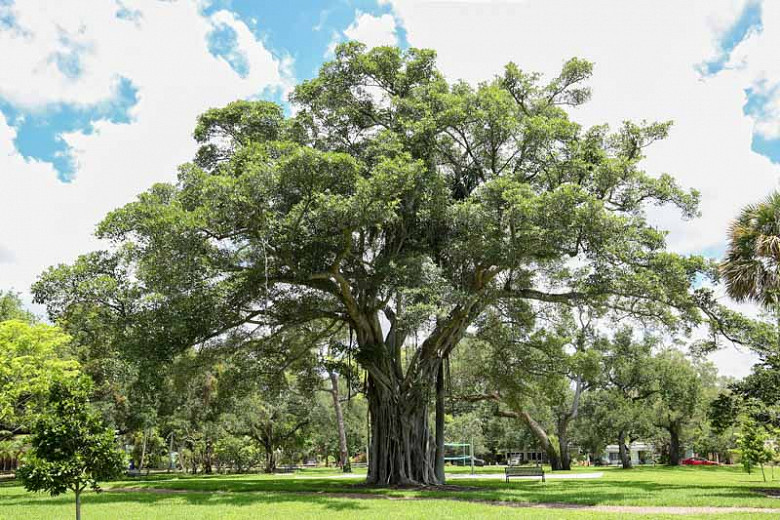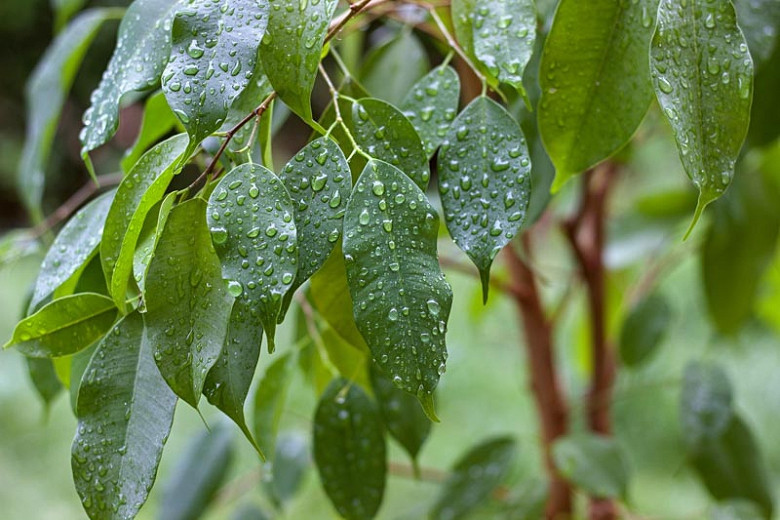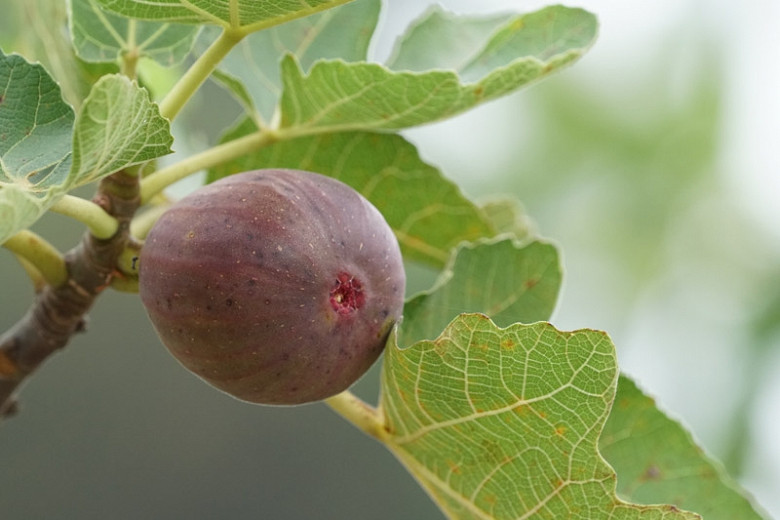Ficus carica Chicago Hardy (Fig)
Noted for its cold-hardiness, Ficus carica 'Chicago Hardy' (Fig) is a large deciduous shrub or small tree with a spreading crown clothed in large, leathery, deeply lobed leaves. Insignificant flowers form inside a hollow receptacle in spring that, when mature, enlarges and becomes fleshy. It becomes an edible, medium-sized fruit, at first green, but deep purple when ripe. As surprising as it may be, we actually eat the bloom, which is hidden inside the receptacle that encloses the flower. Prized for its impressively sweet, rich flavor, the fig is luscious with strawberry-colored flesh. The fruit ripens in late summer or fall on new wood. As the figs mature, you’ll need to harvest them daily by clipping them from their stems. This plant is self-fertile and does not need cross-pollination. Chicago Hardy fig can be grown as a single-trunk tree or as a multi-branched shrub. Plant it for foliage interest, fruit, and as a conversation piece.
Requirements
| Hardiness | 6 – 10 |
|---|---|
| Climate Zones | 4, 5, 6, 7, 8, 9, 11, 12, 13, 14, 15, 16, 17, 18, 19, 20, 21, 22, 23, 24, H1, H2 |
| Plant Type | Fruit, Shrubs, Trees |
| Plant Family | Ficus |
| Exposure | Full Sun, Partial Sun |
| Season of Interest | Spring (Mid,Late)Summer (Early,Mid,Late)FallWinter |
| Height | 10' – 15' (3m – 4.5m) |
| Spread | 9' – 12' (270cm – 3.6m) |
| Water Needs | Average |
| Maintenance | Average |
| Soil Type | Chalk, Loam, Sand |
| Soil pH | Alkaline, Neutral |
| Soil Drainage | Moist but Well-Drained, Well-Drained |
| Characteristics | Showy, Fruit & Berries |
| Attracts | Birds |
| Garden Uses | Wall-Side Borders |
| Garden Styles | City and Courtyard, Informal and Cottage, Mediterranean Garden |

